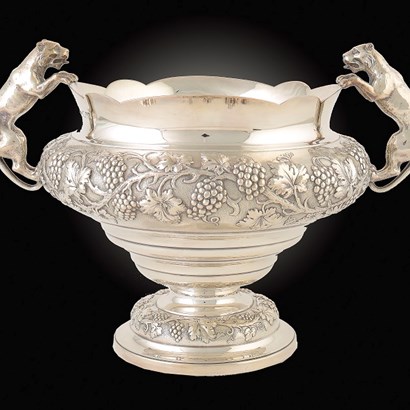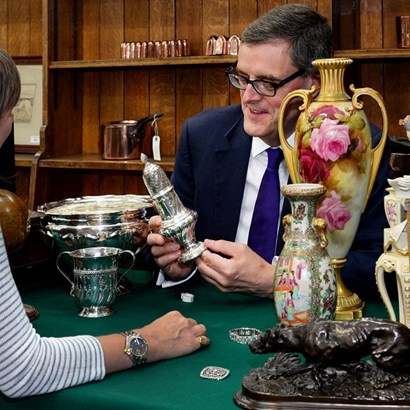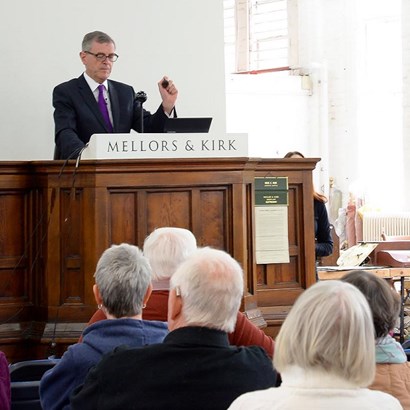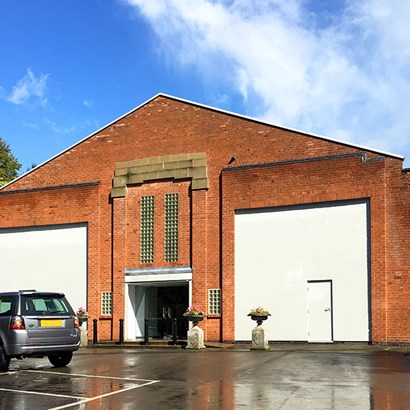Auction Insights
Miners Lamp
On April 21st for an unbroken period of 24 hours Britain’s electricity was not coal generated, the first such occasion apparently since it all began in 1882. This interesting milestone led me to take a closer look at a miner’s lamp from about the same period. The implications of its invention 200 years ago are staggering.
Three brilliant men from very different backgrounds each invented a safety lamp in the two years between 1813-15. I must have sold several thousand of these specialist oil or spirit lamps over the years, usually for £40-60 a piece. Sturdily made, fairly heavy contraptions of steel and brass they bear a large embossed label of The Protector Lamp & Lighting Co Ltd, Manchester. In fact so well made are they that even old and battered examples will still work with a little attention. A few are produced today and occasionally used for detecting gas, instead of by electronic means.
The example which went under the hammer on Wednesday is a Clanny type lamp made by Joseph Cooke of Birmingham in about 1900. A relatively late example, but in good condition it sold for (£to be confirmed).
A Royal Naval surgeon, Dr William Reid Clanny served with Lord Nelson at the Battle of Copenhagen, but in 1805 left the navy and went to live at Sunderland, in the heart of the North East coalfield. He was interested in social conditions, tackling cholera and soon became aware of the many dangers involved in mining. In the years before 1820 research into a safe means of illumination in coal mines had been stimulated by the Felling Pit disaster. Dr Clanny’s lamp and those of two other men, George Stephenson (the father of the railways) and Sir Humphrey Davy were the solution. Davy’s name was to become synonymous with the miner’s safety lamp.
The every present danger of methane gas –firedamp - or several other dangers such as coal dust and other explosive of toxic gases, claimed the lives of countless miners. As an alternative to the open flame of candles various other means of illumination had been tried, some quite fanciful including a bottle of fireflies, luminescent insects that can’t produce much light deep underground. The industrial revolution resulted in a huge increase in demand for coal to fire furnaces for iron, steam power for the mills and the newly invented railways.
The lamps of the three contemporaries, Sir Humphrey Davy (1778-1829), George Stephenson (1781-1848) and Dr Clanny (1776-1850) all solved the problem of how to allow in the air necessary for the lamp’s flame whilst preventing that from igniting the gaseous atmosphere that might suddenly be encountered in a mine.
Sir Humphrey Davy had by this time achieved great distinction as a scientist whereas George Stephenson was at the other end of the social spectrum and uneducated. Bitter controversy ensued as Stephenson was accused of stealing Davy’s concept for his own lamp, something of which he was later exonerated. Many questioned how he could have thought up so similar a lamp (and one that some considered better than Davy’s) than his illustrious counterpart. The lamps of all three seem anything but robust, they are even quite dainty and this explains why the earliest examples are rare and highly prized by collectors. These can sell for between £5,000-10,000 at auction. Electric lamps were slow to be adopted in mines and surprisingly were not commonly used until the 1920s or 30s and even then traditional lamps were still commonplace.
As the country turns to renewable sources of electricity it is worth remembering that we still depend to a great extent on natural gas for half of our electricity, but for how much longer? I moved to Nottinghamshire the year before the miners’ strike of 1984-5. I remember the dramatic scenes of those days, with coach loads of police bussed in from all over the country, the tumult and violent protests and grievances which made the headlines for a full 12 months. There were then still 174 working collieries. In December 2015 the last, Killingly in Yorkshire, closed. I wonder whether in 200 years time archaeologists will dig up mining objects, perhaps even early lamps abandoned deep underground by miners long after the mining communities and the events of 30 years ago are but folk memories.
< Back to Auction Insights



